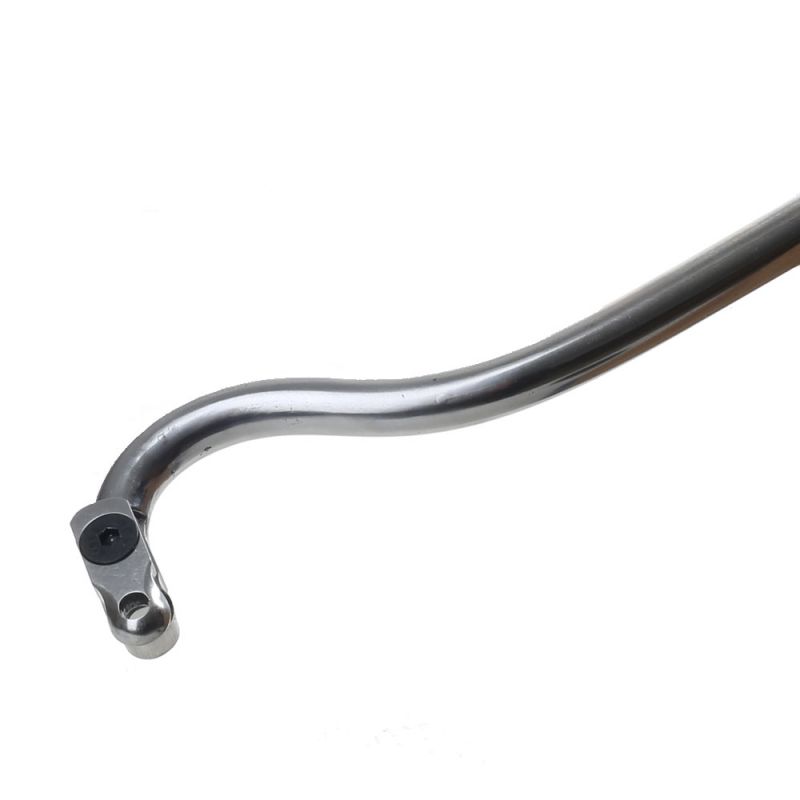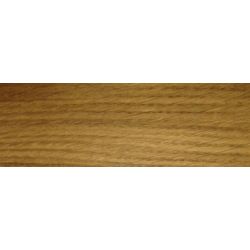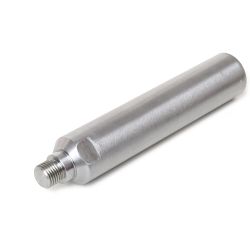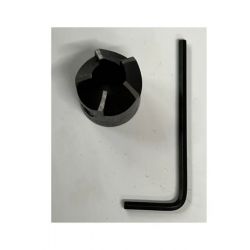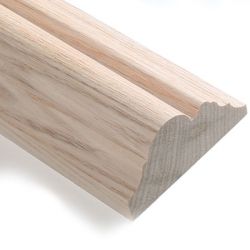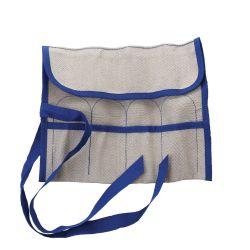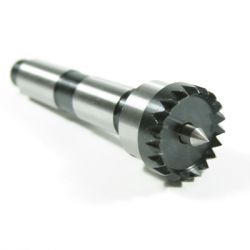Hamlet Swan Neck Deep Hollowing Tool 14" Handle
Product Code:
HCT159
£107.64
£89.70
Turning an End Grain Vessel Start by holding the timber between centres, cut the basic outer shape and cut a spigot for your chuck or a flat end to receive a faceplate. Fit the piece into your chuck or mount on the faceplate with long screws (screws do not hold well in end grain). Drill as large a hole as possible to the final depth of your vessel. Setting the cut on the deep hollowing tool (DHT) Adjust the cutter until you have a gap of approx. 10-15 thousandths of an inch less than 0.5mm between the cutting edge and the edge protector (cover). A fairly low speed is best for good control of the tool (around 400-500rpm). Set the tool rest so you are working just above centre height with the tool held slightly downhill (as you would if you were using a scraper). Insert the DHT tip just inside the hole. The fingers holding the tool on the rest should act like a gimbal, allowing movement in any direction. The tool is then pivoted by pushing the handle away from the centre line of the lathe, bringing the cutting edge into contact with the wood on the left-hand side of the hole. If this does not result in a cut (the bottom edge of the tool may be rubbing on the wood), rotate the tool anti-clockwise very slightly and try again. Cut sideways expanding the original hole. Take successive cuts down the vessel, try to keep the wall thickness even, and stop frequently to remove the shavings. It is advisable to cut slightly below centre. If you are using very green (wet) wood, you may like to turn your piece and allow it to dry before finishing completely. The Swan Neck DHT is used in exactly the same way, but the straight section of the shaft must be on the tool rest. Trying to use it with the cranked part on the rest will result in a violent twisting action and may cause damage to you, the tool or the timber. When control and confidence have been achieved with the cutter and cover set as directed, the gap between the cutter and cover may be widened; but do not make this gap any more than 0.5mm (1/20th) as this will be quite sufficient to make substantial cuts – remember, the smaller the gap, the finer the cut. Sharpening Sharpening could not be easier – just a quick rub with a diamond or ceramic whetstone is sufficient, but always remember to hone around and not across the edge. Do not attempt to sharpen the tool by grinding.

